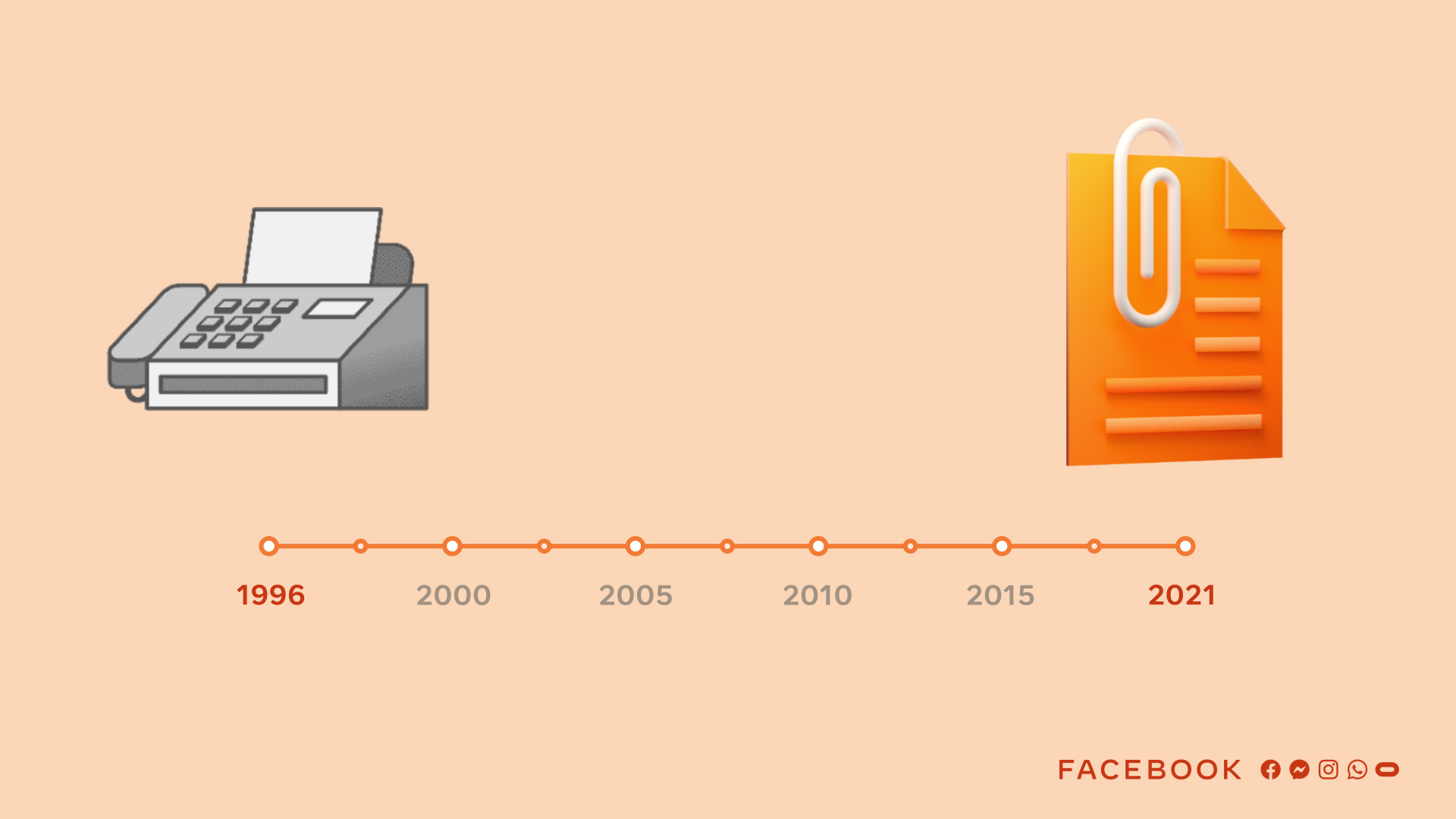| |
| |
| |
| Presented By Facebook |
| |
| Axios Sneak Peek |
| By Alayna Treene and Hans Nichols ·Jun 24, 2021 |
| Welcome back to Sneak. The president came out to the sticks himself to pronounce an infrastructure deal. Smart Brevity™ count: 1,314 words ... 5 minutes. Edited by Glen Johnson. |
| |
| |
| 1 big thing: Infrastructure's remaining potholes |
 |
|
| Illustration: Shoshana Gordon/Axios |
| |
| President Biden declared victory in announcing the bipartisan infrastructure package. Now comes the hard part: negotiating with his own party on the separate reconciliation bill, Axios' Hans Nichols writes. Why it matters: By trying to simultaneously pass two massive spending bills, Biden and congressional leaders are attempting a legislative feat that will likely require Congress to work through its August recess — and potentially well into the fall, according to lawmakers and senior staffers. - Even then, the prospects for success are long.
What they're saying: "We have to be prepared to be here for as long as it takes," Sen. Chris Murphy (D-Conn.) told Axios' Sarah Mucha. - "We're not doing one step unless we've done the other. We need to be willing to put in the time to get that done."
Driving the news: Biden, House Speaker Nancy Pelosi (D-Calif.) and Senate Majority Leader Chuck Schumer (D-N.Y.) all indicated today that the bipartisan agreement won't become law unless a separate reconciliation bill is assured. - "If this is the only thing that comes to me, I'm not signing it," Biden said. "It's in tandem."
- "There ain't no infrastructure bill without the reconciliation bill," Pelosi told reporters.
- "Everyone in our caucus knows you can't do one without the other. We don't have the votes for one, unless you have the votes for the other one," Schumer said.
The big picture: House officials have been working the phones to ensure the bipartisan agreement — which would spend an additional $579 billion in a package priced at $1.2 trillion over eight years — will survive challenges from progressives in the House and Senate. - They're confident they have the votes, according to people familiar with the process.
- But all sides are bracing for a brutal battle about what will be included in the reconciliation package, its total price tag and how much money it will raise with new revenue from corporations and individuals.
- Congress also will have to increase the debt ceiling, which is set to reach its limit on July 31.
Go deeper: While progressives are talking about a potential $6 trillion budget resolution, Sens. Joe Manchin (D-W.Va.) and Kyrsten Sinema (D-Ariz.) will likely set the cap below $2 trillion. - That will put pressure on progressives to winnow and agree on their priorities.
- That's not the only challenge.
- Moderate House Democrats are threatening to vote against any tax bill that doesn't eliminate the $10,000 limit for an exemption on state and local tax payments, which costs $70 billion to $80 billion per year.
Keep reading. |
    |
| |
| |
| 2. Democrats plot filibuster workarounds |
 |
|
| Illustration: Aïda Amer/Axios |
| |
| Several Democratic lawmakers are moving away from calls to eliminate the filibuster while privately discussing alternatives to bypass it, Axios' Alayna Treene has learned. Why it matters: These talks have ramped up in earnest following the Republicans' move Tuesday to block a measure to protect and expand voting rights. - It's a shift born of necessity: Democrats increasingly concede that an effort to fully eliminate the filibuster will fail in the current makeup of their own caucus.
- Sens. Manchin and Sinema have repeatedly made clear they will not vote to get rid of the rule.
- But several senators tell Axios the fate of the voting bill foreshadows a continued obstruction of the majority's agenda if they don't find a workaround to the Senate's 60-vote threshold.
What they're saying: "This will happen on minimum wage, it will happen on gun safety, it's likely to happen on immigration reform, it could happen on the Equality Act," said Sen. Tim Kaine (D-Va.). - "My expectation is, we'll finish the week, people will be out at Fourth of July recess, they'll be thinking about what this means not just for voting or for democracy more generally, but also for the likelihood that this is going to happen a lot in the next year and a half or for the rest of Biden's presidency.
- "I think after we contemplate the alternatives, just saying, 'We have the majority but sorry we can't do it' — I just don't think that's going to be the answer," he said.
- Kaine sees "a lot of different" alternatives, including more creative use of the budget reconciliation process to accomplish more with 51 votes, adjusting the threshold or rules governing how the filibuster works.
Sen. Elizabeth Warren (D-Mass.) tells Axios: "We've got step one, all of the Democrats agree on the (voting rights) bill. Next step is how to solve the filibuster problem." Sen. Ben Cardin (D-Md.) says the modern use of the filibuster has encouraged abuse by individual senators, and that "a lot of senators on both sides of the aisle would like to see that limited." Keep reading. |
    |
| |
| |
| 3. The filibuster's evolution |
 |
|
| Illustration: Sarah Grillo/Axios |
| |
| The filibuster is often painted as an archaic Senate rule carved in stone. In reality, it's evolved over time, Axios' Sarah Mucha writes. Why it matters: Washington's attention has been fixed to the filibuster amid a 50-50 Senate and critical debates over infrastructure and voting rights. Proponents bill it as a crucial fixture designed to protect the minority; critics pillory it as a tool of obstruction. - Talk of changing it is rooted in its history.
Between the lines: The first recorded use of delivering a lengthy speech to delay legislative action was at the very first Senate session in 1789. - The term "filibuster" appeared in the lexicon of American legislative debates in the 1850s, though the practice was fairly infrequent.
- Filibusters became more frequent in the late 19th and early 20th centuries, and in 1917, senators adopted a rule to invoke "cloture." That cut off debate with a two-thirds majority vote.
During the next four decades, the Senate managed to invoke cloture only five times. Filibusters proved to be particularly useful to Southern senators seeking to block civil rights legislation. - In 1975, the Senate reduced the number of votes required for cloture from two-thirds to three-fifths, or 60 of the current 100 senators.
- That's the current rule.
The road ahead: While the two most steadfast opponents of eliminating the filibuster have been Manchin and Sinema, there are a number of other Democratic senators who agree. - All argue removing such minority power could backfire when their party is no longer in the majority.
- While Sinema remains opposed to its total elimination, she's signaled openness to a debate about reforming the rules.
- "It is time for the Senate to debate the legislative filibuster, so senators and our constituents can hear and fully consider the concerns and consequences," she wrote this week in a Washington Post op-ed.
Keep reading. |
    |
| |
| |
| A message from Facebook |
| The internet has changed a lot since 1996 - internet regulations should too |
| |
 |
| |
| It's been 25 years since comprehensive internet regulations passed. See why we support updated regulations on key issues, including: - Protecting people's privacy.
- Enabling safe and easy data portability between platforms.
- Preventing election interference.
- Reforming Section 230.
|
| |
| |
| 4. By the numbers: Census to show first decline of white population |
 Data: U.S. Census Bureau via Brookings Institution; Chart: Sara Wise/Axios The latest census is expected to show the first decline in history for the nation's non-Hispanic white population, according to an analysis of U.S. Census Bureau data by the Brookings Institution's William Frey. Why it matters: The U.S. is rapidly moving toward a majority-minority population — with the racial and ethnic diversity most apparent in younger cohorts. "This really is moving in a direction that's going to favor the issues and the political agendas of these younger people," Frey told Axios' Stef Kight. "Republicans are going to have to awaken to this." By the numbers: The official 2020 census population estimates that include race and ethnic breakdowns for the prior decade have yet to be released. Yet looking at the recently published annual numbers gives demographers reliable insight into what those figures will show. - The number of non-Hispanic white people in the U.S. declined in each of the past four years — by more than 1 million altogether. That's enough to offset the small growth in that population during the first six years of the decade.
- White population growth has slowed in recent decades, largely because of falling fertility rates as Americans wait longer to have kids and have fewer of them.
|
    |
| |
| |
| 5. Pic du jour |
 |
|
| Photo: Kevin Dietsch/Getty Images |
| |
| When the West Wing stakeout gets real for everybody. |
    |
| |
| |
| A message from Facebook |
| Why Facebook supports updated internet regulations |
| |
 |
| |
| 2021 is the 25th anniversary of the Telecommunications Act of 1996, the last major update to internet regulation. It's time for an update to set clear rules for addressing today's toughest challenges. See how we're taking action on key issues and why we support updated internet regulations. |
| |
| 📬 Thanks for reading. We'll be back Sunday. A reminder you can sign up for email delivery of this or any of Axios' other free newsletters through this link. |
 | | The tool and templates you need for more engaging team updates. | | |









No comments:
Post a Comment